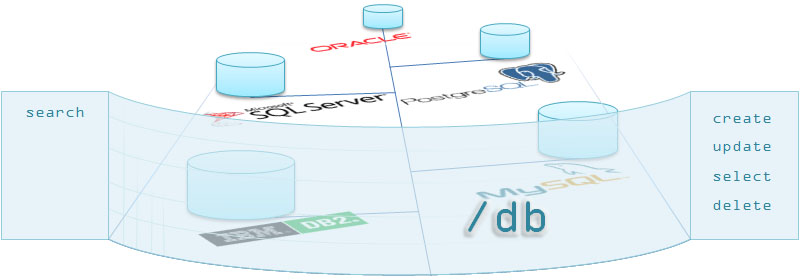Overcome Data Silos with Resource Oriented Architecture
BY Victor Olex, Founder and President, VT Enterprise LLC
Data as a strategic asset
Studies have shown that in information-heavy industries such as capital markets, telecom or health care data management has become the second largest cost after payroll. Examples of data management expenses consist of: Data Federation, Data Virtualization, and Data Warehousing.
SlashDB was built to achieve a greater return on the strategic business asset that data has become.
Issues with data integration are pervasive
If you’re in an information-heavy industry, like Capital Markets, Telecommunications or Retail, then data management is probably costing you money. Lots of money. Requests for data typically require ad-hoc queries or setting up complicated data feeds. The IT support for that can be a major overhead and often can lead to numerous delays. Additionally, those data feeds may result in local copies of data that can go out of date quickly. That may lead to errors in analysis and audit issues.
Triumph over data silos without disrupting business transactions
SlashDB works differently. With SlashDB important data will remain in their stores of record (the systems originally designed to handle that particular information), but at the same time easily accessible to authorized persons and applications by URLs. You can think about it as a transparent shell surrounding your organization’s data assets.

Connecting to this shell is like knowing where to go for information – a central access point, but without the problems of traditional Data Warehousing. Related data is automatically hyperlinked, which allows for seamless integration with enterprise search engine, so users can simply type in what they need and be presented with a list of links leading to authoritative data sources.
SlashDB’s unique value proposition is the uniform data access layer for both internal systems and mobile apps. A common HTTP API provides access to underlying data resources in alternative representations (formats) such as JSON, XML, CSV and HTML.
The time and budget required for development of mobile applications will be cut in half because the entire backend is already taken care of. This frees product mangers and developers to focus on the best possible user experience (UX) and functionality instead of losing energy on invisible data pluming work.
Empower analysts to work with unobstructed data
SlashDB forms a single access point to your enterprise’s mission critical data, which currently may be scattered across various departments and database servers. It does not require creating a central data warehouse, but it will enhance its value, if you already have one. By accessing data at the source and in full context, users will avoid bulky overnight feeds and, even more importantly, errors from utilizing stale data.
Users of SlashDB will be able to create reports, dashboards, and perform joint analyses on live data with unparalleled ease.
Integrate data assets into enterprise search, and eliminate data silos
In SlashDB, database records can be accessed by hyperlinks and relevant records are automatically linked to each other. An important and valuable side effect of this feature is the ease of integration with the internal search engine. Business users will be able to search for data using natural language phrases in the same manner they search your intranet websites. This saves a lot of time and friction between the business analyst and data administrator.
Download SlashDB: GET /db
Sponsored by SlashDB